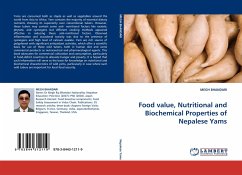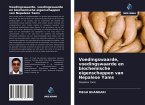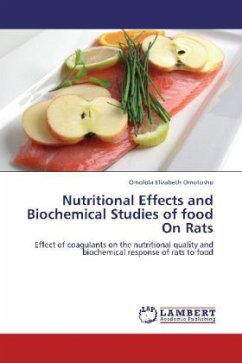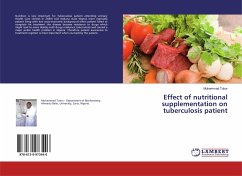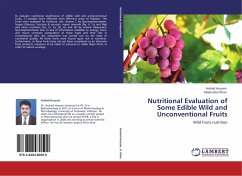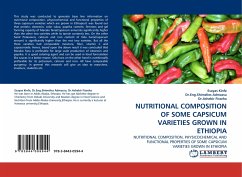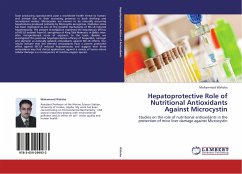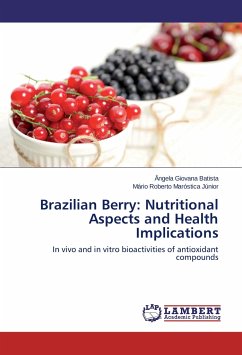Yams are consumed both as staple as well as vegetables around the world from Asia to Africa. Yam contains the majority of essential dietary nutrients showing its superiority over conventional tubers. However, these tubers may contain some anti- nutritional factors like oxalate, phytate, and cyanogens but different cooking methods appeared effective in reducing those anti-nutritional factors. Observed inflammation and occasional toxicity was due to the presence of cyanogens and high level of calcium oxalate. Yam are rich source of polyphenol with significant antioxidant activities, which offer a scientific basis for use of these wild tubers, both in human diet and some commercial products as nutraceutical and pharmacological agents. This book advocates for commercial cultivation and consumption, particularly in food-deficit countries to alleviate hunger and poverty. It is hoped that such information will serve as the basis for knowledge on nutritional and biochemical characteristics of wild yams, particularly in case where such wild tubers are important for local food security.
Bitte wählen Sie Ihr Anliegen aus.
Rechnungen
Retourenschein anfordern
Bestellstatus
Storno

